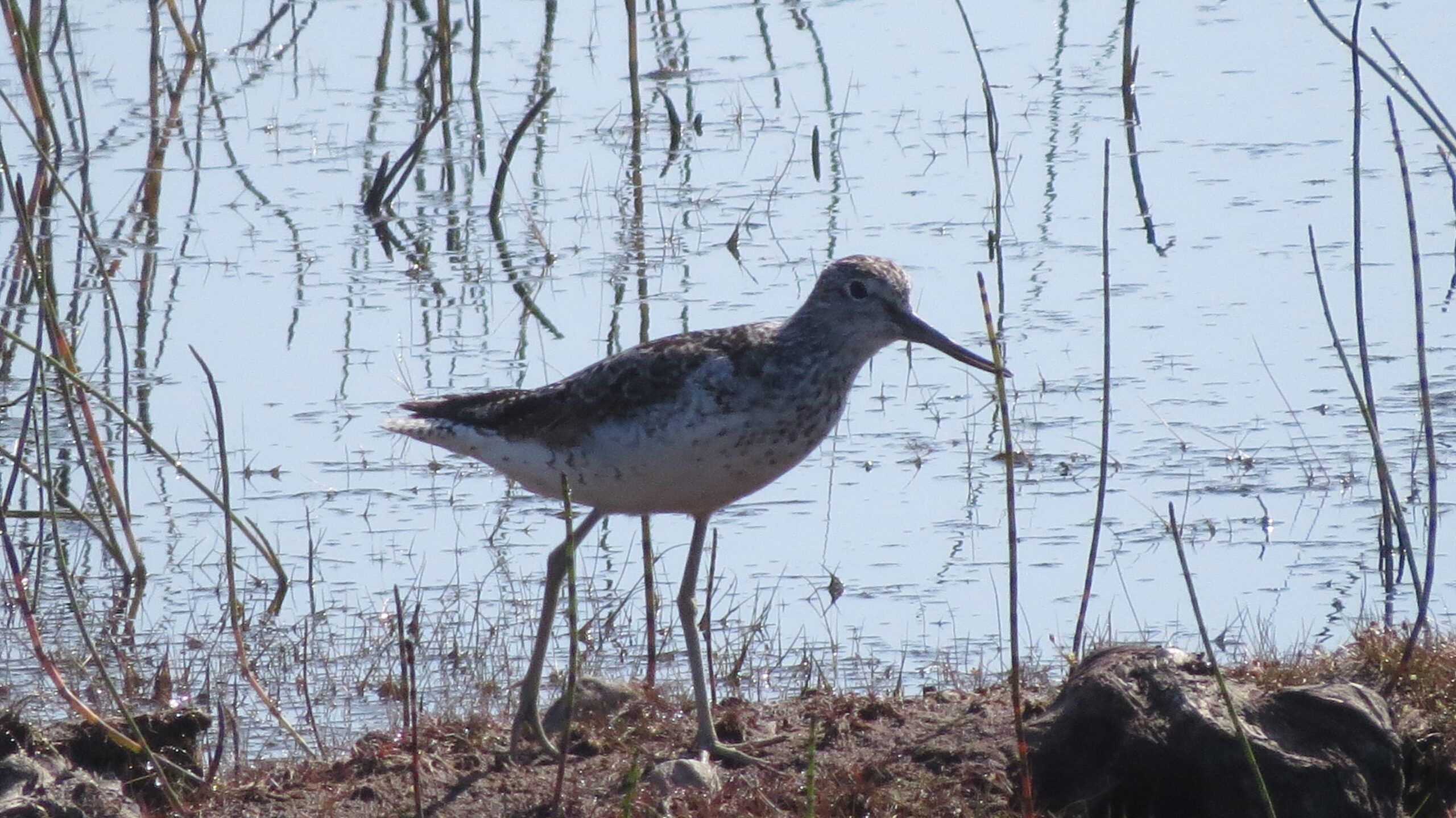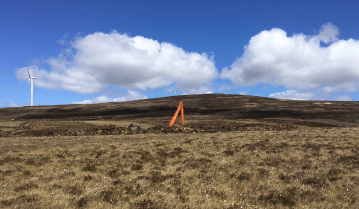Coffee and a virtual chat with Andrew Whitelee, Senior Consultant – Ecology
11th August 2021 - Written by Suzanne Lindsay

I enjoyed a coffee and virtual chat with Andrew Whitelee as he celebrates 4 months at Mabbett. In his time to date at Mabbett, Andrew has served as ECoW and Environmental Manager for construction projects and undertaken wader and raptor surveys; a particular passion of Andrew’s. I was interested to learn more about waders and undertaking wader surveys.
Why are you so passionate about birds particularly waders?
I have been drawn to waders because I feel that they are bit of an under-rated group of birds, they can be hard to identify and are often overlooked. Personally, I’ve been surveying for waders up in Scotland on and off for a decade and before that down in England.
Have you a favourite wader?
It has to be the greenshank (pictured). Working in Scotland, I have the privilege of seeing them on their upland breeding grounds.
How do you undertake surveys for waders?
The typical method used for wader surveys is called the Brown and Shepherd methodology. This involves dividing each square km of your survey area up into 4 quarters and surveying each for 20 to 25 minutes, going within 100m of every point within the square. This is OK on relatively easy flat ground, but can be challenging on steeper, rougher terrain. I have never been as fit as when I did wader surveys all summer in Cairngorm and Perthshire!
Wader surveys are part of a suite of bird surveys that we are capable of carrying out as a team. Other surveys include raptor, vantage point, breeding bird/territory mapping, specialist species surveys such as Capercaillie. These surveys are carried out typically during December, January and February and are often asked for as part of planning.












 Previous
Previous 

